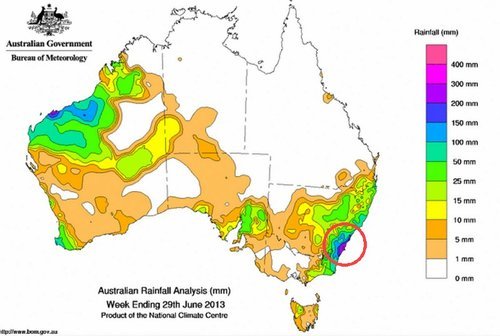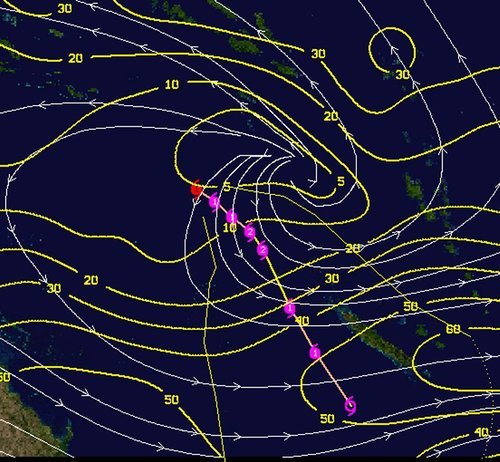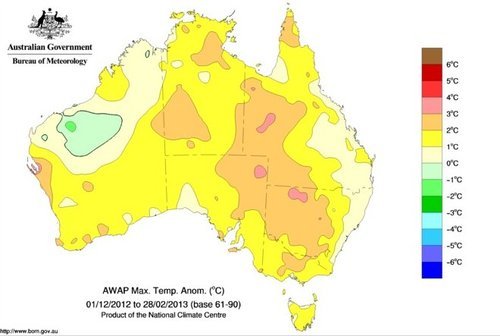Australia Faces Flooding Problems
This spring has been disastrous flood-wise across the globe; hundreds of billions of dollars of damage to crops and infrastructure from a few significant floods such as the Chinese floods, European floods and closer to home; Albertan floods as talked about in last week’s EIWN. Extreme flooding continues this week, most notably in Australia’s New South Wales state.
In the past few days coastal areas of New South Wales have received copious amounts of rain. Consequently, flood evacuations have had to be issued for a few towns just outside of Sydney (Richmond Lowlands, Pitt Town, Gronos Point). The Warragamba Dam, located to the west of Sydney, was overwhelmed by the 150mm of rain that fell in a 24 hour period starting Wednesday, prompting for the flood evacuations. Many roads and a few key bridges in the area had to be shut down because of the overland flooding. In addition, a few search and rescue missions have had to be executed because of people trapped in floodwaters. Thankfully no casualties have been reported as of yet related to this flooding.

It appears as though a lingering trough of low pressure is to blame for all the rain on the eastern coast of Australia on Wednesday. Sydney and surrounding areas get on average about 130mm of rain for the whole month of June. Compared to this past week where in some areas 200mm (or more) have already fallen, these areas have already doubled their average rainfall for June, significant flooding is not surprising. This weekend appears to bring more rain to the coast of New South Wales, though not another significant rainfall event.






